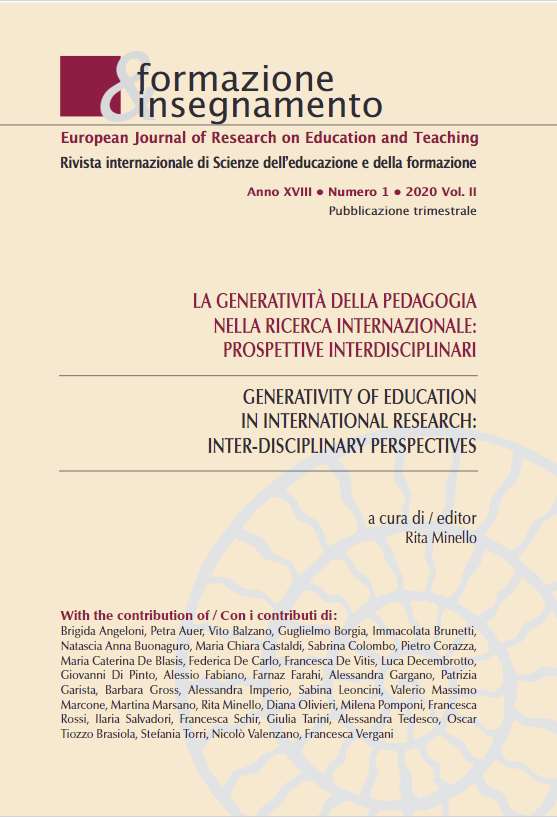Drawing-to-learn Drawing-to-teach. Drawing as arto-graphic literacy to expand and document human potential
DOI:
https://doi.org/10.7346/-fei-XVIII-01-20_37Abstract
Human beings developed tools for their life and for taking care of their social world as reading and writing, but they are not the only ones. This contribution introduces, thematizes and problematizes a further way for knowledge building and for representing thoughts and emotions: drawing, too often limited to the world of childhood. The activity of drawing, or arto-graphic literacy, can be understood as a human practice with an epistemic function, and it should be removed from the culture of drawing referable to a technical and artistic professionalism or to an uneducable talent. In fact, recent literature explores the process of drawing, describes the neurocognitive activities that it develops and finally documents drawing as an educational resource, aimed at observing and understanding oneself, the world and the other. Thus understood, the experience of drawing can be rediscovered as an arto-graphic memory of an educational world as documented in the Disegno In-segno project, or reinvented as a drawing-to-learn/ drawing-toteach or even as a research method that can amplify the possibility of knowing what historically, or in the contemporary world, can return form and meaning to educational experiences.
Downloads
Published
How to Cite
Issue
Section
License
Copyright (c) 2020 Pensa MultiMedia

This work is licensed under a Creative Commons Attribution 4.0 International License.
Formazione & insegnamento is distributed under Attribution 4.0 International (CC BY 4.0).
For further details, please refer to our Repository & Archiving Policy, as well as our Copyright & Licensing Terms.





